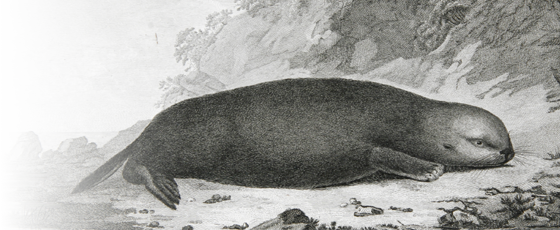
Pacific Connections – Now until May 2018
Exhibits Focus on Pre and Post Canadian Confederation for Canada’s 150
From 2016-2018, the museum is hosting the Osoyoos and District Museum and Archives exhibit, “The War of 1812 in the West-The Oregon Country Legacy”. This exhibit, created by Curator, Ken Favrholdt, focuses on the sale of Fort Astoria by an American fur trading company and its subsequent symbolic capture by a British warship’s captain which set the stage for the eventual creation of the 49th parallel, the Canada, US border and brought more British influence into the Pacific Northwest. Thank you to the Osoyoos and District Museum and Archives for this loan.
Bringing it back home, this story relates directly to the City of Courtenay’s history as Captain George William Conway Courtenay (1795-1863), captain of the Royal Navy’s 50-gun frigate HMS Constance sailed the Constance in the Royal Navy’s Pacific Station between 1847 and 1849. Courtenay captained the Constance into the Strait of Juan de Fuca, and made naval history on July 25, 1848, when the Constance entered Esquimalt Harbour as the first Royal Navy ship to ever anchor there and “show the flag”.
In 1843, the Hudson’s Bay Company shifted its Pacific Headquarters from Fort Astoria on the Columbia River in Oregon and built Fort Camosun, renamed Fort Victoria in 1846. That same year, the United Kingdom and United States signed the Oregon Treaty and established the boundary between the US and Canada at the 49th parallel. In 1859, Captain George Richards named the Courtenay River (around which the city of Courtenay would grow) to honour Captain Courtenay. The same year, the Royal Naval Admiralty moved the Pacific Station Headquarters from Valparaiso Chile to Esquimalt.
What a story! And stories—within stories, Pacific Connections includes interwoven historic stories in a Pacific world we sometimes see as being remote and unconnected at that time. This pre-confederation history includes, Indigenous involvement with explorers and the HBC, the Royal Navy and the Pacific Station, colonial commerce and settlement in the Pacific and information on colonist ship passage to the Sandwich Islands, New Zealand and Australia with some of these settlers coming to British Columbia and the Comox Valley in the 1860s.
Itineraries – Now until May 2018
This is a companion exhibit to “Pacific Connections” and features archival items and artifacts relating to early settlers to the Comox Valley.

